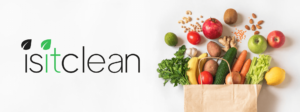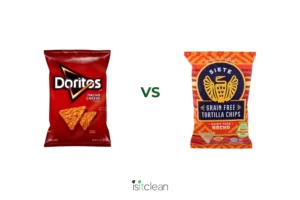
Acesulfame potassium is a zero-calorie sweetener that is added to many sugar-free…



Cassava is a starchy root vegetable that is native to South America but is now grown and consumed throughout the world. The cassava plant, also known as yucca or manioc, can grow up to several meters in height and produces tuberous roots that can weigh up to several kilograms. To produce cassava, the roots are first harvested, peeled, and washed to remove any dirt and debris. The cleaned roots are then grated or mashed to release the starchy pulp, which is then squeezed to remove the liquid. The resulting cassava flour or starch can be used to make a variety of foods such as bread, tortillas, and tapioca pudding.

Cassava is rich in resistant starch, which has been linked to many health benefits. It is also rich in antioxidants and various nutrients including vitamin C. However, raw cassava also contains a toxic compound called cyanide, which can be harmful if consumed in large quantities or prepared improperly. It is important to cook cassava thoroughly and eat it in moderation to minimize the risk of cyanide poisoning.
Health is like a bank account, certain ingredients make a deposit into your health bank, meaning they add to
your health. Certain ingredients withdraw from your health bank. We want health promoting ingredients in our diet. To keep things simple, we rate ingredients on a green, yellow, red scale:

It is naturally occurring in food and has no harmful effects on the body. It is real food. It is health promoting.

It goes into one or more of the below categories

It is known to have a harmful effect on the body (ex. All food colorings, Natural Flavors, MSG, Potassium bromate, aspartame, artificial flavors)



The Food Showdown: Popcorners flavors
Ingredient Rating: Canola oil – is it bad for you?
Clean Consuming: Nourishment for your

We have accomplished so much in just 1 year since our launch in March of 2023! We now have 10,000

The Nacho Chip Food Showdown, is Tapioca Starch safe in food? and a must-see documentary on America’s food system.
Stay in the know with the latest ratings, articles, and our newsletter, The Dirt.